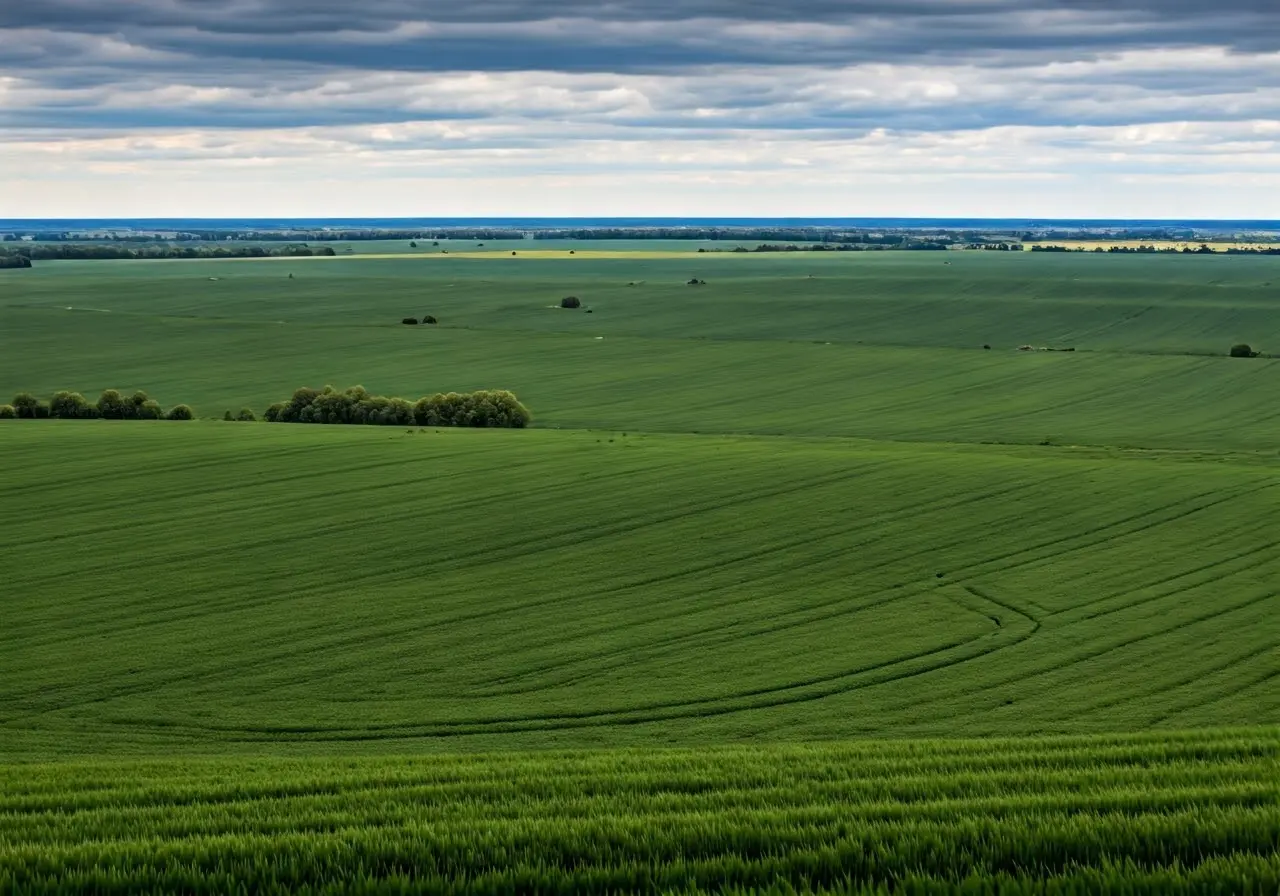
What Are Precision Agriculture Drones and How Do They Work?
Share
In the age of technology, farming has taken a futuristic turn with the introduction of precision agriculture drones. These high-tech tools are revolutionizing the way farmers monitor and manage their crops, ensuring maximum efficiency and yield. In this FAQ, we’ll explore what precision agriculture drones are, how they work, and why they are becoming an essential part of modern farming.
What Are Precision Agriculture Drones?
Precision agriculture drones are specialized unmanned aerial vehicles (UAVs) designed to assist in farming. They are equipped with sensors and cameras that capture valuable data about crop health, soil conditions, and other critical factors.
These drones have become a cornerstone in modern agricultural practices. By offering a bird’s-eye view of the fields, they allow farmers to monitor large areas quickly and efficiently. The ability to gather data from such perspectives gives farmers insights that are unattainable through ground-based observations.
The evolution of technology in agriculture is brilliant. Drones don’t just survey; they actively participate by performing tasks like soil analysis and seed planting. Thanks to their futuristic capabilities, they offer a glimpse into the potential of smart farming solutions.
How Do Precision Agriculture Drones Work?
These drones utilize advanced imaging technology to scan fields from above. By capturing high-resolution images and data, they provide insights on plant health, pest infestations, irrigation needs, and more. This information allows farmers to make informed decisions for their crops.
By using technologies like multispectral imaging, drones can detect light variations to assess plant vitality. This information is vital for identifying healthy versus stressed plants, thus directing attention to areas needing intervention. Early detection leads to preemptive measures which can significantly improve yield.
In addition to imaging, data collected can include thermal readings and moisture levels. Such data, when processed, provides detailed maps of a farm’s status, offering precision in resource distribution. This level of monitoring allows for strategic planning to sustain optimal plant health.
Benefits of Using Drones in Agriculture
Using drones can save time and resources by providing faster and more accurate assessments of large fields than traditional methods. They help enhance crop yield, reduce waste, and improve overall farm management through precise monitoring.
Drones drastically reduce labor costs. A task that could take a team days to complete can now be done in hours. They also minimize human error, offering precise data collection that boosts operations’ efficiency.
Another advantage is improved sustainability. By optimizing input use, like water and fertilizers, drones help lower environmental impact. Their accuracy ensures that resources are used efficiently, leading to a more sustainable agriculture practice.
Challenges and Considerations
While drones offer significant advantages, there are also challenges such as high initial costs, technical training, and regulatory considerations. Farmers need to weigh these factors before incorporating drones into their operations.
Farmers should be aware of the learning curve involved with integrating drone technology. Mastering the software and data analysis tools is crucial for maximizing gains from this technology. As with any technological investment, time and expertise are required.
Another key consideration is compliance with aviation regulations. Different regions have varying rules related to UAV operations, necessitating research and due diligence before drones are fielded commercially.
Furthermore, farmers must consider the ongoing maintenance of these devices. Like any technology, drones require software updates and hardware checks to ensure peak performance. Planning for these ongoing costs is essential for long-term success.
Wrapping Up: The Future of Farming with Drones
Precision agriculture drones are more than just flying gadgets; they are essential tools that are transforming the farming industry. By providing accurate data and efficient monitoring, these drones help farmers optimize their resources and increase crop yields. As technology continues to advance, the role of drones in agriculture is likely to expand, making them an indispensable part of farm management.

